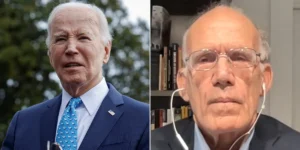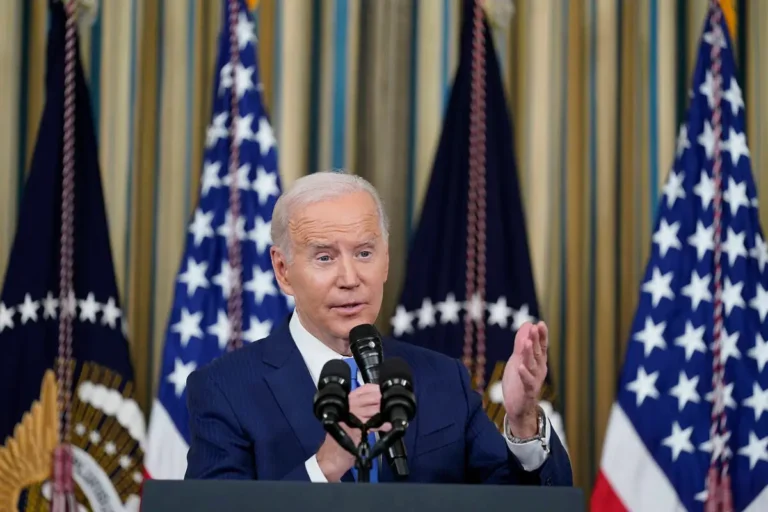Overview of the Victor Davis Hanson Accident
The Victor Davis Hanson accident occurred on a serene Saturday afternoon in early October 2023, casting a shadow on the otherwise tranquil atmosphere of the agricultural landscape of Selma, California. Situated amidst expansive vineyards and farmland, the area is not only known for its picturesque scenery but also holds significance as a hub for important cultural discussions. At the time of the incident, Hanson, a distinguished historian and author, was engaged in a routine excursion to evaluate local agricultural practices and their historical contexts, furthering his research and contributing to ongoing dialogues around American agrarian history.
Leading up to the incident, Hanson had expressed enthusiasm about his findings and was scheduled to participate in several community events that highlighted the importance of agriculture in shaping the American narrative. As he navigated rural roads characterized by gentle curves and fertile fields, the accident unraveled unexpectedly. Eyewitness accounts suggest that it was during this journey that Hanson’s vehicle collided with another, resulting in significant damage and injuries.
The timeline of the events is crucial in understanding the implications of the Victor Davis Hanson accident. Shortly before the collision, he had been in conversation with local farmers who were eager to share their experiences and stories. This involvement illustrates the intertwined nature of Hanson’s work and community engagement. As the accident took place, emergency services were quickly dispatched, arriving within minutes to address the situation. Thankfully, while the incident left Hanson shaken and with some minor injuries, the rapid response helped mitigate further complications. This context not only marks a pivotal moment in Hanson’s life, but it also reflects broader themes related to the role of historians in modern society and the significance of local narratives in understanding wider historical perspectives.
Immediate Reactions and Public Response
The Victor Davis Hanson accident elicited a myriad of immediate reactions from family, friends, and the broader community, reflecting a spectrum of emotions and sentiments. Close associates of Hanson expressed their shock and dismay over the incident, with some taking to social media platforms to convey their disbelief and offer support. Family members voiced their heartbreak and requested privacy during this challenging time while emphasizing that they would appreciate any positive thoughts shared by the public.
Colleagues in academia and journalism also responded swiftly, sharing reflections on Hanson’s contributions to literature and history. Many noted his exceptional ability to provoke thought and discussion, recognizing that such a significant event may impact his ongoing work and dialogue in intellectual circles. Public figures and commentators weighed in as well, with some highlighting the importance of engaging in discussions surrounding the dangers and risks associated with the incidents similar to the Victor Davis Hanson accident.
Traditional media outlets played a crucial role in shaping the narrative around this incident. News broadcasts and online articles detailed the accident’s circumstances, providing updates that informed the public and stirred conversations on various platforms. In tandem, social media emerged as a powerful tool for expressing opinions and sharing information. Hashtags related to the accident quickly gained traction, leading to a collective dialogue on topics pertinent to Hanson’s work, as well as broader societal implications.
Noteworthy statements made by influential figures underscored the accident’s impact, with some calling for a reconsideration of certain practices within relevant fields, reflecting a desire for accountability and understanding. In the wake of the incident, the discourse expanded beyond immediate reactions, sparking a deeper examination of the issues connected to the Victor Davis Hanson accident, and raising awareness within communities. Such reactions not only reflect the sentiments of those directly affected but enhance the broader understanding of the implications stemming from this tragic event.

Analysis of the Accident’s Aftermath
The aftermath of the Victor Davis Hanson accident significantly reverberated through both his personal life and the wider community. Following the incident, Hanson faced a series of challenges that not only tested his resilience but also highlighted the need for a comprehensive response to such events. Many observers noted how this accident caused a shift in focus within sectors closely associated with Hanson’s work. His influence in the academic and public intellectual realms prompted conversations around safety, awareness, and the maintenance of standards, effectively raising the stakes for all involved.
In the wake of the accident, there was a palpable demand for enhanced safety measures and protocols in similar circumstances. Stakeholders began to assess existing policies, leading to the establishment of new regulations aimed at preventing similar occurrences in the future. The response to the Victor Davis Hanson accident fostered an atmosphere of reflection and discussion, encouraging various institutions and organizations to evaluate their operational frameworks critically. Such deliberations underscored the importance of preparedness and proactive risk management strategies to mitigate potential dangers.
Legal ramifications also emerged from the incident, contributing to a broader dialogue regarding liability and accountability. Discussions surrounding the implications of the accident prompted various stakeholders, including legal experts and policymakers, to formulate guidelines that offer clarity and protection for individuals involved in similar domains. While the specific legal consequences related to Hanson’s accident vary, it is evident that they have instigated significant discourse regarding ethical practices and responsibilities moving forward. Ultimately, the incident serves as a crucial reference point for enhancing awareness of both individual safety and communal responsibility, shaping perceptions and actions within related circles for years to follow.
Lessons Learned and Future Considerations
The Victor Davis Hanson accident serves as a poignant reminder of the multifaceted nature of safety and preparedness in various domains. As we analyze this incident, it becomes evident that there are critical lessons to be gleaned, not only for individuals directly involved but also for organizations and communities at large. One of the most striking observations is the importance of comprehensive safety protocols tailored to specific environments and activities. This emphasizes the need for regular training sessions that heighten awareness and ensure that all participants are well-versed in emergency procedures, potentially preventing similar accidents in the future.
Moreover, the incident underscores the significance of preparedness. Individuals and organizations must cultivate a culture that prioritizes readiness for unexpected situations. This can involve investing in resources that enable quick response actions, such as first-aid training or the availability of emergency kits. By fostering an attitude of vigilance and preparedness, communities can reduce the impacts of unforeseen accidents, akin to the Victor Davis Hanson accident.
Community support is another vital element that must be nurtured. By building strong relationships among community members, organizations, and local authorities, a network of support and assistance can be readily available in times of crisis. This interconnectedness can lead to more effective responses during emergencies, showcasing the value of teamwork and collaboration. Furthermore, public discourse around safety must be encouraged, allowing individuals to share experiences and insights that can further refine safety practices.
In light of the lessons derived from this incident, it is essential for individuals and organizations to analyze existing safety measures critically. Policymakers should consider advocating for regulations that mandate stricter safety assessments in public and professional settings. Such initiatives can significantly contribute to mitigating risks, inspired by the experiences catalyzed by the Victor Davis Hanson accident.

